Please advise on fertilizer for palms
neonrider
13 years ago
Featured Answer
Sort by:Oldest
Comments (28)
jimhardy
13 years agolast modified: 9 years agoneonrider
13 years agolast modified: 9 years agoRelated Professionals
Horsham Landscape Architects & Landscape Designers · Anderson Landscape Contractors · Americus Landscape Contractors · Bethel Park Landscape Contractors · Brooklyn Park Landscape Contractors · Huntington Landscape Contractors · Kerman Landscape Contractors · Pacifica Landscape Contractors · Pleasant Hill Landscape Contractors · Ringwood Landscape Contractors · Markham Landscape Contractors · Spokane Window Contractors · Wichita Window Contractors · Bluffton Window Contractors · Granite City Window Contractorsneonrider
13 years agolast modified: 9 years agoneonrider
13 years agolast modified: 9 years agojimhardy
13 years agolast modified: 9 years agoneonrider
13 years agolast modified: 9 years agobutiaman
13 years agolast modified: 9 years agoneonrider
13 years agolast modified: 9 years agolzrddr
13 years agolast modified: 9 years agobutiaman
13 years agolast modified: 9 years agojimhardy
13 years agolast modified: 9 years agoneonrider
13 years agolast modified: 9 years agoneonrider
13 years agolast modified: 9 years agobutiaman
13 years agolast modified: 9 years agojames760
13 years agolast modified: 9 years agobutiaman
13 years agolast modified: 9 years agoneonrider
13 years agolast modified: 9 years agojimhardy
13 years agolast modified: 9 years agojimhardy
13 years agolast modified: 9 years agoneonrider
13 years agolast modified: 9 years agolzrddr
13 years agolast modified: 9 years agoneonrider
13 years agolast modified: 9 years agojimhardy
13 years agolast modified: 9 years agoneonrider
13 years agolast modified: 9 years agojimhardy
13 years agolast modified: 9 years agoneonrider
13 years agolast modified: 9 years agoChristopher Hauser
6 years ago
Related Stories

HOUSEPLANTSMother-in-Law's Tongue: Surprisingly Easy to Please
This low-maintenance, high-impact houseplant fits in with any design and can clear the air, too
Full Story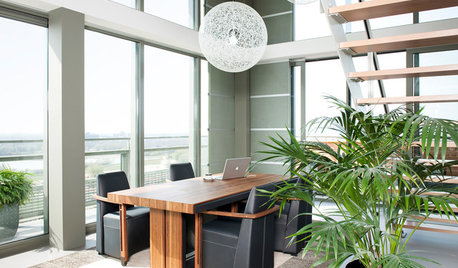
HOUSEPLANTSMeet a Palm That's Fine With Fluorescent Light
Get the look of the tropics without the full-on sun and high humidity — parlor palm tolerates regular indoor conditions with aplomb
Full Story
GARDENING GUIDESHow to Keep Your Citrus Trees Well Fed and Healthy
Ripe for some citrus fertilizer know-how? This mini guide will help your lemon, orange and grapefruit trees flourish
Full Story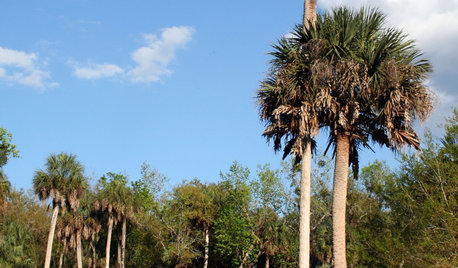
TREESGreat Design Plant: Sabal Palm Enchants in Balmy Sites
Towering and tolerant, this tree blends in, stands out and happily stars in vacation photos
Full Story
MIDCENTURY HOMESHouzz Tour: Pools and Martinis Inspire a Palm Springs Remodel
Weighed down by black-heavy ’80s style, a California desert home gets a fun and lighthearted look just right for its midcentury roots
Full Story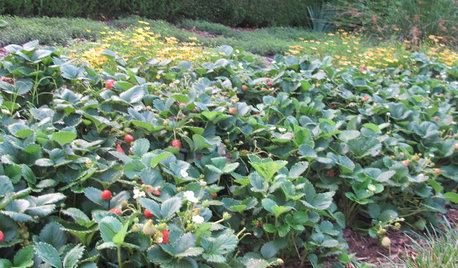
REGIONAL GARDEN GUIDESSoutheast Gardener's September Checklist
Fertilize strawberries, plant a tree or two and beckon hummingbirds to your Southern garden this month
Full Story
HOUSEPLANTSOne Pot, One Big Shot of the Tropics
Give your rooms exotic flair in a single stroke. Tall Kentia palm fits the tropical bill beautifully
Full Story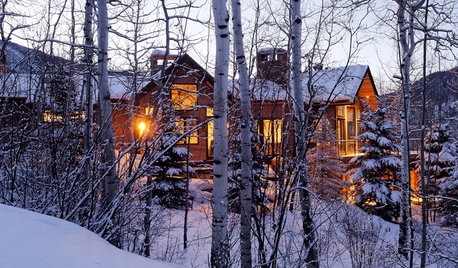
LIFEHouzz Call: Who'll Post the First Snow Photo of 2013?
If the weather's been flaky in your neck of the woods, please show us — and share how you stay warm at home
Full Story
EARTH DAYThe Case for Losing the Traditional Lawn
Work less, help the environment and foster connections by just saying no to typical turf
Full Story
EDIBLE GARDENSHow to Add an Apple Tree to Your Edible Garden
Readily available, beautiful and fragrant, apple trees offer four-season interest along with crisp, juicy fruit
Full StorySponsored
More Discussions






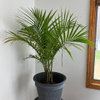

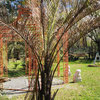
lzrddr